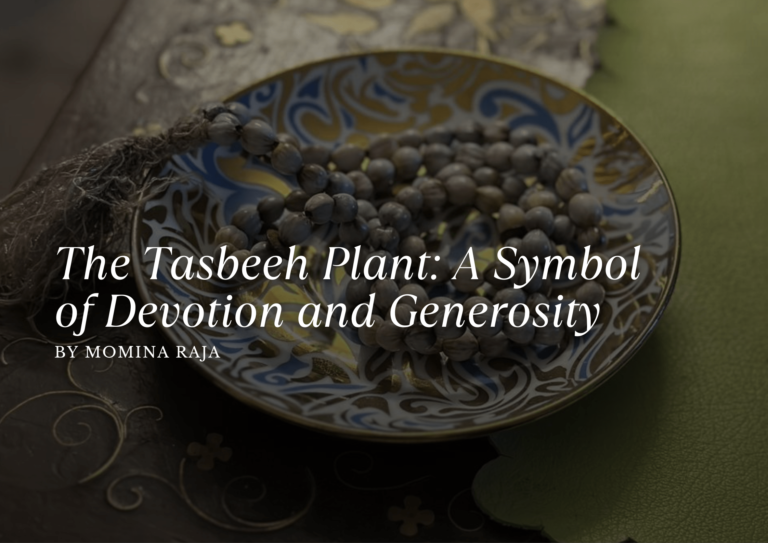By Momina Raja
My recent pilgrimage to the holy city of Mecca and the surrounding sacred sites remains etched in my memory as a transformative experience—a journey that deepened my faith and left an indelible mark on my soul. Months before embarking on my journey, anticipation and excitement began to build. Preparation for Hajj is not just logistical; it is spiritual and mental as well. I immersed myself in studying the rites and rituals of Hajj, seeking to understand their significance and spiritual dimensions. There was a profound sense of awe and reverence knowing that I was about to undertake a journey followed by millions throughout history, walking in the footsteps of prophets and generations of believers.
As my departure day arrived, I vividly recall the sight of my mother carefully placing bundles of Tasbeeh beads into small pouches. Her intention was clear: to offer pilgrims a token of spiritual aid and encouragement during their journey to the holy sites. The Tasbeeh beads, crafted by her own hands and nurtured from her garden, carry not only the physical beauty of the plant but also the love and prayers of a devoted mother.
The Tasbeeh plant, named after the prayer beads (Tasbeeh) it resembles, features small, round seeds with vibrant red and black hues. These seeds are meticulously crafted into prayer beads used by Muslims worldwide during their devotional practices. Native to tropical and subtropical regions, the plant grows as a slender vine and is cherished not only for its religious symbolism but also for its medicinal properties in traditional medicine systems.
My mother, a devout woman whose devotion to Islam permeates every aspect of her life, tends to the Tasbeeh plant with meticulous care. Each year, as the plant matures and produces its distinctive seeds, she lovingly collects them, dries them, and then strings them together to create prayer beads. The Tasbeeh plant is more than just a botanical curiosity; it is a testament to the intertwining of nature, spirituality, and human compassion. Through the loving hands of my mother, this plant becomes a conduit for spiritual reflection and charitable giving, embodying the essence of Sadq e Jariya.
In a world often fraught with division, the Tasbeeh plant and the beads derived from it serve as a powerful symbol of unity among believers. Through the simple act of distributing these prayer beads, my mother exemplifies the timeless Islamic values of generosity, compassion, and communal solidarity. Each bead represents a prayer whispered, a blessing shared, and a moment of connection with the divine.
May Allah grant us all the compassion to perform such small acts of kindness that leave an everlasting impression.



